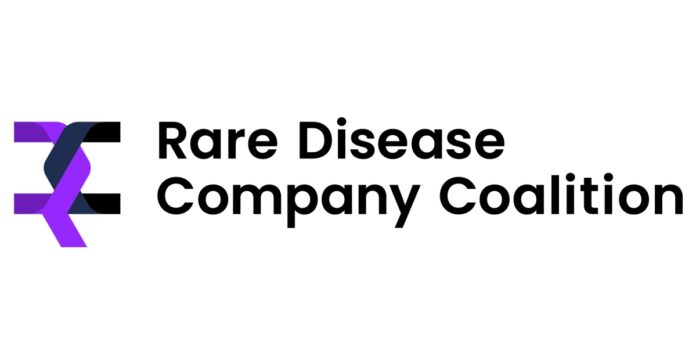WASHINGTON– The Rare Disease Company Coalition, a unified voice of life science companies committed to discovering, developing and delivering rare disease treatments, today announced their organizational launch. This first-of-its-kind alignment of organizations will inform and help educate policymakers on the unique circumstances facing life science companies when developing and bringing to market therapies for very small and differentiated patient populations. The Coalition will also advocate for policies and regulations that enable cost-effective and more timely delivery of treatments by recognizing these differences.
Collectively, the Rare Disease Company Coalition represents life science companies that have brought to market 22 treatments and are presently working on more than 160 rare disease development programs, many of which would be first-to-market therapies if approved. These diseases are devastating and often life-threatening: 80 percent of rare diseases are genetic in origin, 50 percent impact children, and 30 percent of those children won’t live to see their 5th birthday. The Coalition is composed of companies continuing to change those statistics by discovering, developing and bringing valuable treatments – and even potential cures – to market for these patients awaiting a treatment approved by the Food and Drug Administration (FDA).
The pharmaceutical industry continues to lead the nation in research and development expenditures by dedicating on average between fifteen to twenty percent of sales to fostering innovation. Companies focused on rare diseases take on an outsized commitment to and risk in research and development. In 2020, Rare Disease Company Coalition members invested more than $4.1 billion in research and development, representing approximately 65 percent of their annual operating budgets. Moreover, the majority of Coalition members spend more annually in research and development than revenues generated, including the over one-third of members that are in the preclinical stage and currently do not generate revenue.
Building on the results of these capital investments, smaller companies are now driving the groundbreaking innovation happening across multiple disease areas. As reported by the Congressional Budget Office, 70 percent of the nearly 3,000 therapies in Phase III clinical trials are from small drug companies or those with annual revenues of less than $500 million. Moreover, about one-third of new treatments approved by the FDA have been developed by companies with annual revenues of less than $100 million.


